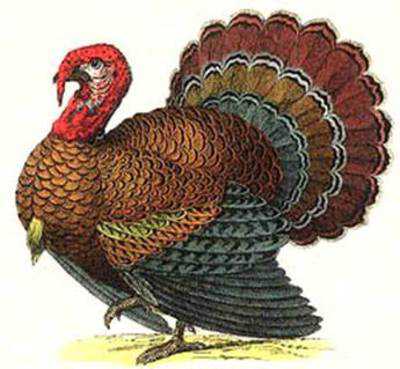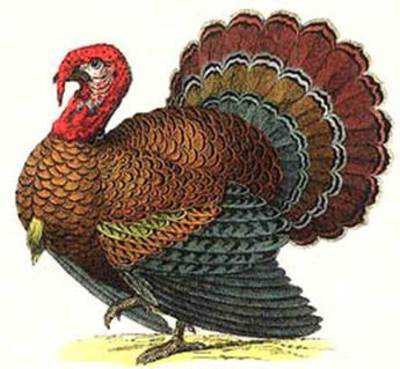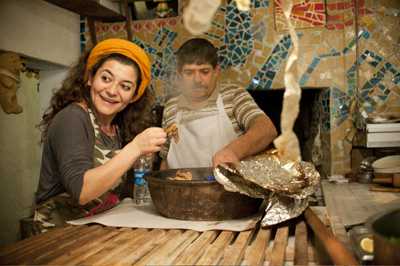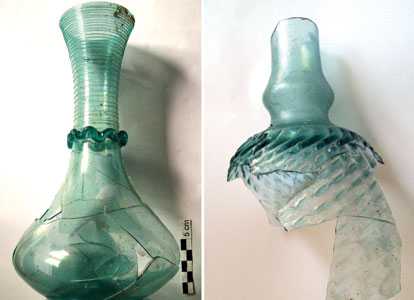
The Magnificent Century is the most-watched television drama in Turkey.
By Mitch Potter Washington Bureau
The Turkish producers admit it was more than a gamble. They risked everything to capture the sights, sounds and intrigue of the Ottoman era, replete with production values so lavish the whole world would watch.
The conquest of Magnificent Century is well underway. Now in its second season, the most-watched TV drama in Turkey is airing in four countries and is scheduled to spread to 14 more in December. By this time next year, producers say, it will be showing in 34 countries, using subtitles and dubbing.
No doubt Suleiman the Magnificent would approve. He’s the star, after all. And 500 years later, the longest-reigning of the Ottoman sultans is about to hold court again over most of the territory he once controlled, courtesy of his modern-day likeness, actor Halit Ergenc.
Producer Timur Savci, head of Istanbul’s fledgling TIMS Productions, told the Toronto Star the notion to plunge, Tudors-style, into the previously untouched Ottoman era came to him in a dream years ago.
“I thought the appeal could be not just national but global. But we needed to create it in a class of its own, in terms of esthetics and production values. It took everything we had. If it failed we would have had to lock the doors.”
Turkey only recently became a content-exporting nation, with several of its soap operas now heralded throughout the Arab world.
But Magnificent Century — Muhtesem Yuzvil, in Turkish — ran into trouble even before the first episode aired, when a 30-second trailer sparked protests from Turkish religious conservatives angered the initial images of Harem dancers and wine tippling signalled a series fixated on the most licentious aspects of Ottoman history. The objections melted away once the series began and audiences became hooked.
Looking back at past glories is rare for the Turkish production industry. But the series coincides with a reviving interest in Ottoman times as the economically resurgent country rises in regional importance.
“We didn’t calculate that when we started working on this five years ago. But the broadcast coincides with the success Turkey is feeling right now,” said Savci.
“We have a sense of self-confidence as a country that wasn’t there before. And I think this firmer footing makes it easier for us to look back.”
A trio of historical advisers help the production team put its finger on the pulse of the first half of the 1500s, when Suleiman ruled for 46 years.
“We took on a lot of detail you don’t get in school,” said Savci. “For example, Suleiman received his advice while resting on a divan behind a screen. So when important state matters were discussed, they would never see him or even know whether or not he was in the room.”
And while the characters are historically accurate — Suleiman’s marriage to an enslaved Ukrainian beauty, Alexsandra Lisowka, for example, is well-documented — the emotional drama and dialogue are fiction for the most part.
The uglier excesses of the era are written around, as well. Though Istanbul still bears the unmarked gravestones of Ottoman-era executioners, their work was deemed too grisly for prime time family viewing.
“This is important history, but the show has no message. The goal is great stories and pure entertainment.”
As for Suleiman, his afterlife is scheduled to end in 2013 as the climax to the fourth and final season. But with Magnificent Century already striking a chord with foreign viewers, Savci acknowledges “prequels and sequels are under discussion.
“We have 500 years of history to work with. This was the peak, but we’re confident there are other facets of the Ottomans worthy of more to come.”
Mitch Potter is the Star’s Washington bureau chief.
via World News: Ottoman Empire reborn on TV – thestar.com.






